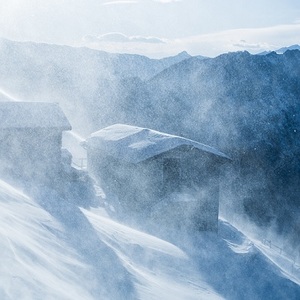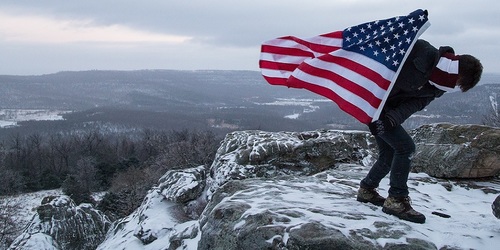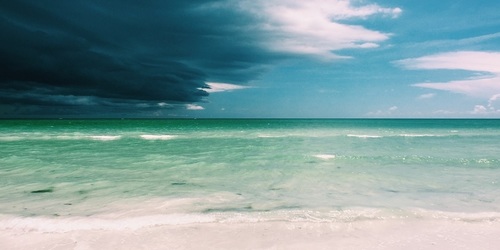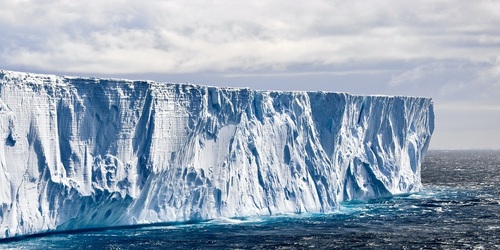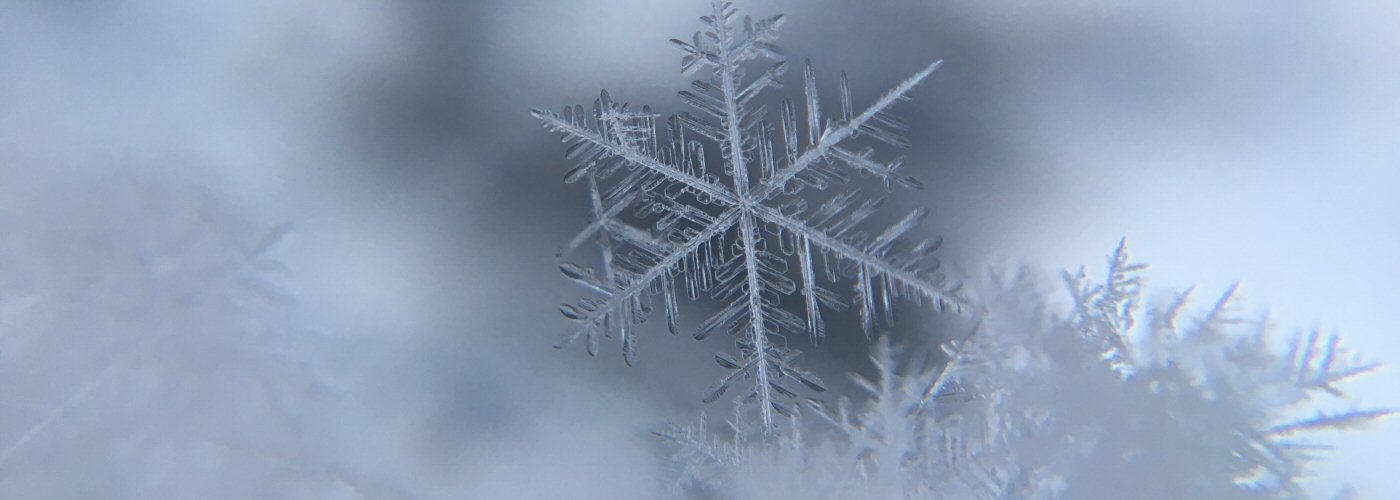

The terms snowflake and snow crystal basically refer to the same entity. The main thing that distinguishes one from another is that a snowflake can be made up of many snow crystals, while a snow crystal is a single entity. Snow Crystal Morphology is the study of the different shapes and sizes that snow crystals can take on.
This discipline focuses on the microphysics that occurs at cloud level. If you looked at a cloud through a microscope, you would see a mix of supercooled water droplets and ice crystals. The term supercooled water droplets refers to water droplets that are at a temperature that is below freezing. In order for a water droplet to freeze into an ice crystal, it has to find a nucleus to freeze onto. Examples of ice nuclei include: desert dust, volcanic ash, pollen, and even a strand of leaf bacteria. When a supercooled water droplet comes in contact with one of these entities, it freezes into an ice crystal.
The molecular structure that water has is due to its hydrogen bonds. This is why a water droplet takes on a hexagonal structure (this explains why most snowflakes have six sides or points) upon freezing. Initially, the ice crystal remains light enough to stay suspended in the cloud, as it gets swept into different parts of the cloud. During its transit through the cloud other supercooled water droplets come in contact with it and freeze onto it. This is how the ice crystal grows in size to become heavy enough to fall from the cloud as a snow crystal.
The ambient temperature and humidity levels found in the cloud directly impact the type of shape and size the snow crystal will take on. In order to get the textbook dendrite form of a snow crystal, cloud temperatures of around 5F combined with high levels of humidity are ideal. Check out the other lesser known snow crystal shapes that occur in the various temperature and humidity combinations.
